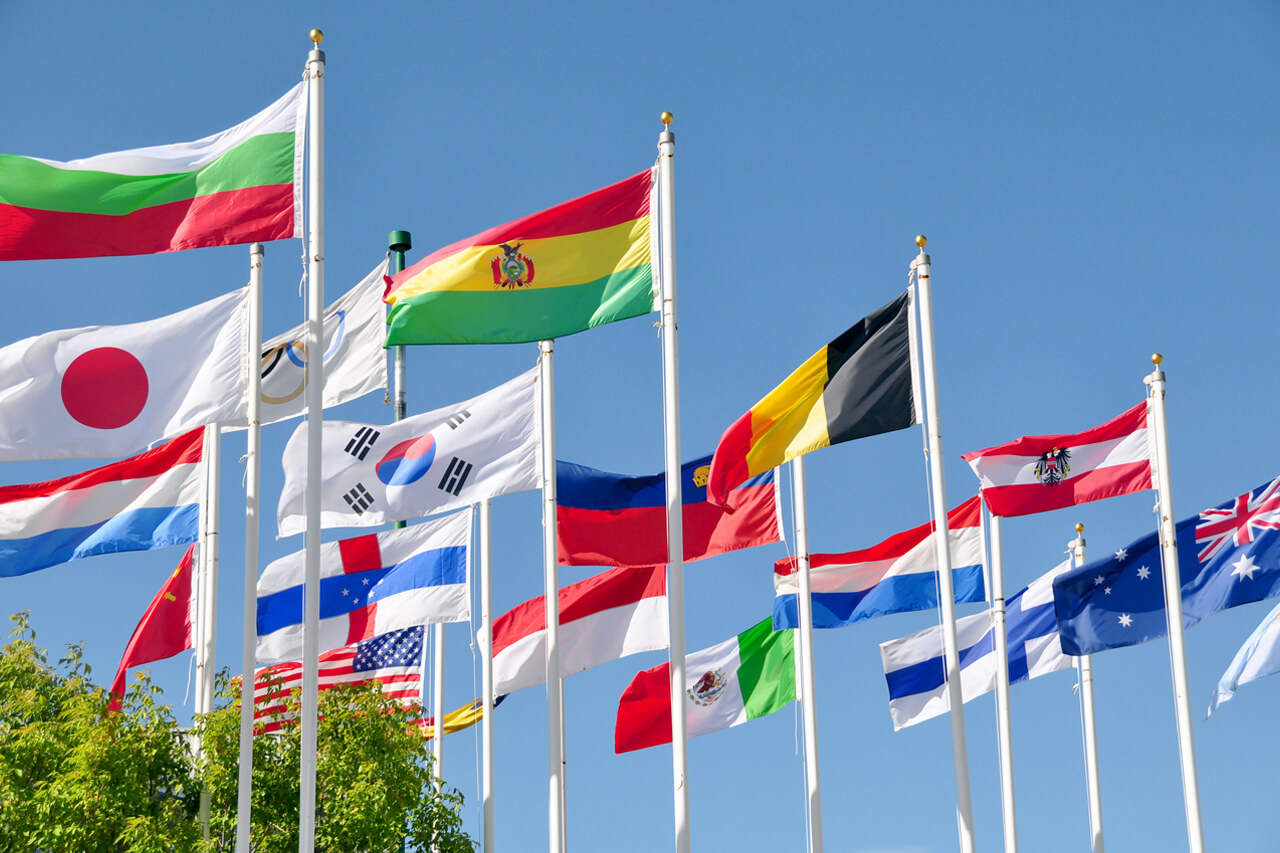In case you haven’t heard about the breaking news surrounding the cannabinoid controversy at the Olympic Games in Tokyo, we’ll fill you in…
Megan Rapinoe, a standout player on the U.S. women’s Olympic soccer squad, touted her own cannabis brand in a story that appeared in Forbes last week.
Meanwhile, another Olympics aspirant, a sprinter named Sha’Carri Richardson, dubbed “the fastest women in America,” was suspended for failing a drug test after she won the 100 meter race in the Olympic qualifying trials earlier this month. Richardson was disqualified from competing in the Olympics because her drug test was positive for metabolites of the same plant species that Rapinoe was openly celebrating in the article in Forbes: cannabis.
The difference between the two athletes’ use of cannabis? Rapinoe was hyping the non-intoxicating molecule, cannabidiol (CBD) while Richardson tested positive for the molecule that makes people feel high: tetrahydrocannabinol (THC).
Both CBD and THC are derived from the cannabis plant. But CBD extracts that are derived from hemp are legal in all 50 U.S. states—as long as the hemp oil extract contains no more than 0.3% THC.
CBD was officially permitted for use by Olympic athletes when the International Olympic Committee (IOC)’s World Anti-Doping Agency (WADA) reversed its ban on non-psychoactive cannabis in 2018.
Marijuana, meanwhile, remains a banned substance under IOC rules.
Substances that are banned by the IOC meet two out of three criteria: 1) they enhance sports performance; 2) it can potentially or actually harm the health of athletes; 3) it violates the spirit of the sport or Games.
Which two of the three criteria marijuana meets is unclear, said a report by NPR, who unsuccessfully reached out to the IOC for clarification. It’s also unclear if THC meets just one of the criteria. Compounding the issue even further: The second most abundant constituent in marijuana is CBD.
Like many athletes that have spurred conventional pain pills, Rapinoe wrote in Forbes that CBD is an all-natural recovery system that she uses throughout the day to help her manage pain and inflammation, as well as stabilize her mood and get better sleep. “Instead of taking Advil or other pain management meds, I’ve almost exclusively substituted with … CBD products,” Rapinoe wrote, per NPR reporting.
Richardson disclosed after her suspension that she turned to marijuana in order to cope with the death of her mother, a fact that she learned only after a reporter revealed during an interview.
Despite the legality of CBD by the IOC, it’s theoretically possible that an Olympic athlete’s drug test could show up positive for THC. In fact, Rapinoe mentioned in the Forbes story that she was reluctant to bring her CBD products to Tokyo because of the risk factor.
(Full-spectrum CBD oil, which is widely regarded by cannabis experts to offer the most therapeutic potential, contains trace amounts of THC.)
Hopefully, in the future, the IOC will have a more consistent cannabis policy. Still, it’s encouraging that the IOC has finally allowed CBD for use by Olympic athletes, and recognizes the non-psychoactive substance’s properties that have demonstrated the ability to promote balance in the body in numerous studies.
For some athletes, CBD, by exerting a calming effect, may in fact help Olympic athletes with focus and recovery. In light of this, perhaps CBD should be considered “performance-enhancing.”

